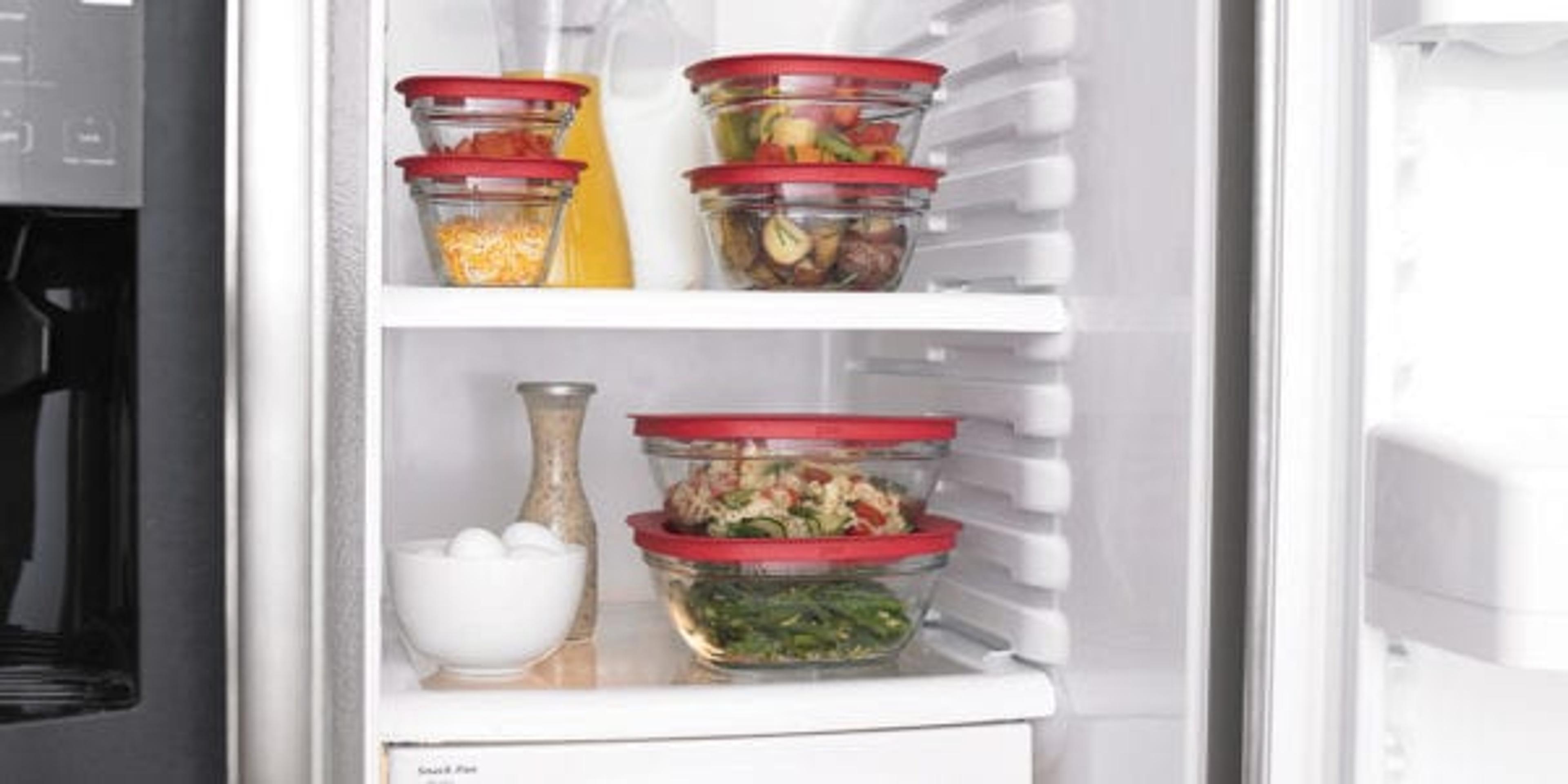National Safety Month: Tips for Proper Food Storage and Foodborne Illness Prevention

Alyssa Hadrych
| 3 min read

At some point in your life you’ve reached for that slice of pizza from the box that sat out on the counter all night or dunked your chip into dip that sat out for hours at a barbeque, but is this safe to do? The answer is no – the United States Department of Agriculture suggests that food left in temperatures above 40 degrees for more than two hours should not be consumed.
Bacteria growth excels in the “Danger Zone,” or temperatures that are between 40 and 140 degrees Fahrenheit. The most dangerous bacteria that thrives in the “Danger Zone” are pathogenic bacteria, which can cause foodborne illness. This type of bacteria is especially dangerous because they are virtually undetectable and multiply quickly.
The Centers for Disease Control and Prevention estimates that foodborne illness causes approximately 48 million afflictions, 128,000 hospitalizations and 3,000 deaths every year in the U.S. Those at greater risk for falling victim to foodborne illness include infants, young children, pregnant women, older adults and individuals with weakened immune systems. Symptoms of foodborne illness can occur within minutes or weeks and affect everyone differently. The most common symptoms are nausea, vomiting, diarrhea or fever. Proper food storage is important to avoid these kinds of illness and safely consume the foods you love.
Utilize Specialized Compartments
- Drawers: Fruits and vegetables should be stored inside the crisper drawer. This compartment is designed to give produce the optimal amount of humidity to keep them fresh for longer. The meat drawer is designated for meats and cheeses, and is temperature controlled to keep these items colder than the rest of the refrigerator, which can help prevent bacteria growth. Be sure to tightly wrap meat products to prevent leakage.
- Shelves: Store dairy products and eggs on shelves instead of in the door. Refrigerator doors are the warmest spot and can spoil food items faster than if they were on shelves.
- Containers: Be sure to store leftovers correctly in airtight containers on a shelf.
Enact Time Limits
Foodborne illness can be prevented by properly storing foods in the refrigerator before and after cooking. Improper storage can lead to spoilage bacteria, which causes food to breakdown and often produces a foul odor and change in taste or consistency. The USDA general guideline for refrigerated food storage is:
- Cooked leftovers: Four days
- Raw poultry and ground meats: Maximum of two days
- Red meat (steaks or chops): Three to five days
- Luncheon meats: Three to five days if opened or up to two weeks if unopened
- Eggs (in shell): Three to five weeks
Other Tips and Tricks:
- It can be helpful to organize your refrigerator by expiration date. Place foods with a sooner expiration date in the front, where they are easily accessible, and foods with later expiration dates behind them.
- Label leftovers with a date so there’s never a second guess about how old they are.
- Clean out the refrigerator at the end of every week and dispose of any expired food or leftovers.
Photo credit: Flickr Rubbermaid Products





